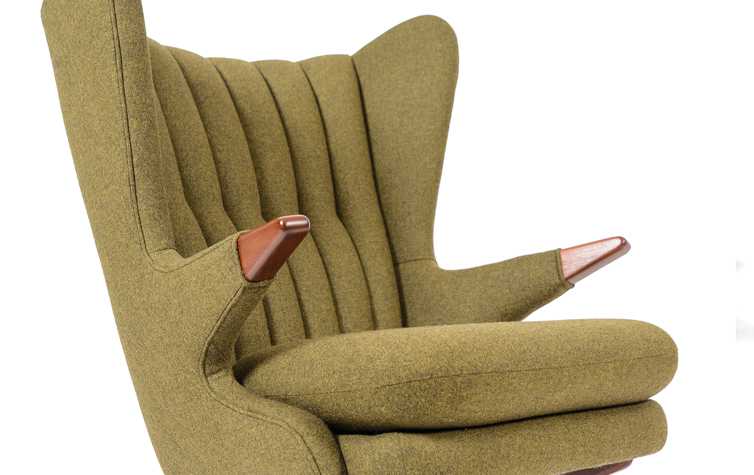The period between the first and second world wars was an era of prolific creativity in architecture and interior design throughout the Western world, from the clean lines of Bauhaus in the 1920s to the bold geometric shapes and decorative flourishes of Art Deco style that went through the 1930s. During the same period, a Danish artisan named Kaare Klint took furniture design in a new direction, using traditional craftsmanship to create innovative pieces that emphasized form and function over decorative embellishments. Thus, the Danish modern movement was born.
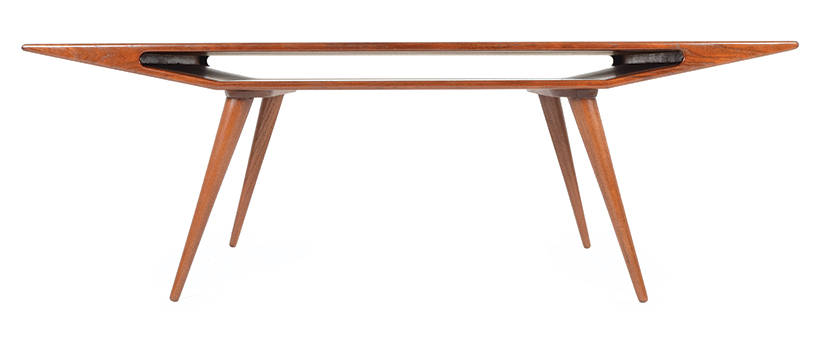
“Danish modern blends the ideas of modernity with traditional Scandinavian craft for a furniture that is very ergonomic, small in scale, and organic,” explains Desiree Myers, who with her husband Julian Goldklang owns Mid Century Møbler, the largest midcentury furniture dealer in Northern California.
Klint and other designers of the era, like Finn Juhl, Arne Jacobsen and Hans Wegner, focused on the concept of anthropometrics and the scale of furniture in relation to the human body, she explains. “They also thought that the wood of a piece of furniture should be the part that you want to highlight and focus. Ornamentation went to the wayside,” Desiree says. Teak, European oak and rosewood were the key materials used in Danish modern design, and unlike the high-gloss veneers of Art Deco pieces, furniture was only lightly polished to accentuate the natural grain of the wood.
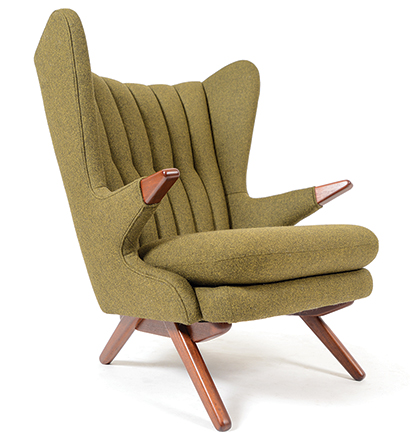
Practical Pieces for Post-War Homes
As war slowly crept across Europe, the idea of combining minimalist shapes with organic materials continued to gain traction with up-and-coming Danish designers. Børge Mogensen, a student of Kaare Klint, also experimented with new techniques, such as bending teak plywood into sculpted dining chairs. By the 1950s, the focus had turned to creating furniture and household objects that were as elegant as they were practical, to foster a comfortable domestic environment. Resulting Danish modern pieces were meant to be both multifunctional and lightweight enough to move around your house, so people could live with their furniture, versus living around it.
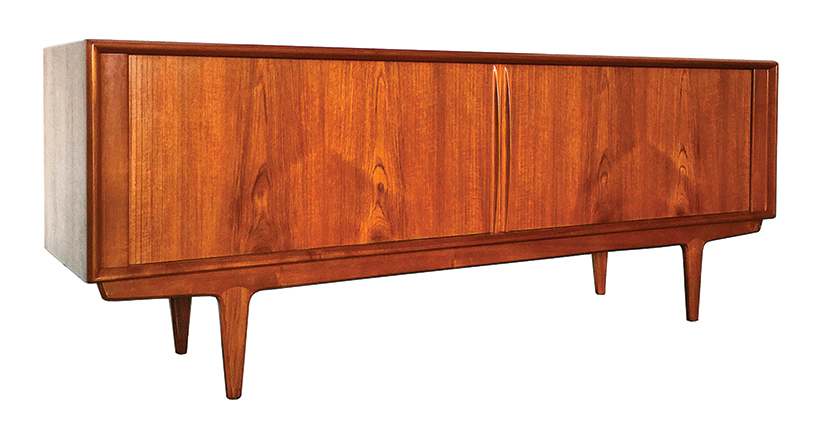
At the same time, designers looked to methods of mass production to reach a broader market across Europe and overseas. Danish modern style became especially popular in post-war America, where returning GIs and their wives were settling down in suburbia and looking for more sensible, affordable pieces to accommodate their growing families. The popularity of Danish modern style endured through the 1960s, when furniture made of less-expensive materials, like plastic and Formica, began to dominate the market.
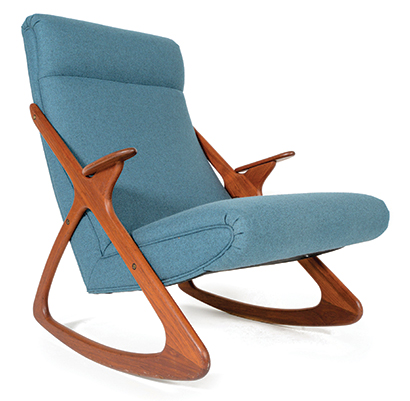
Where to Find Modern Designs
For those looking to score Danish modern furniture today, bargains are few and far between, Julian of Mid Century Møbler notes. “You can’t really wander across an estate sale anymore and find a cache of pieces that someone purchased back in the day,” he says, “because everybody knows what everything is,” thanks to the Internet. Occasional scores can be found in Michigan, the home of a large community of Danish immigrants after the Second World War, as well as in port cities, like New York, Los Angeles and San Francisco, which were home to importers who worked with Danish manufacturers.
Joe Schumacher, owner of Revolve Modern in Dallas, Texas, also recommends searching smaller antiques malls and junk shops that are on the edge of a big city, or between two bigger cities. “Ones that are far enough out that you don’t have people running around because they watched American Pickers,” he jokes.
Despite the resurgence in interest, high-quality Danish modern pieces are more affordable than they were a few years ago. The perfect balance of comfort and aesthetics works well with today’s eclectic interior designs, making Danish modern furniture a perfect choice for those wanting to add a touch of classicism to their living space.

